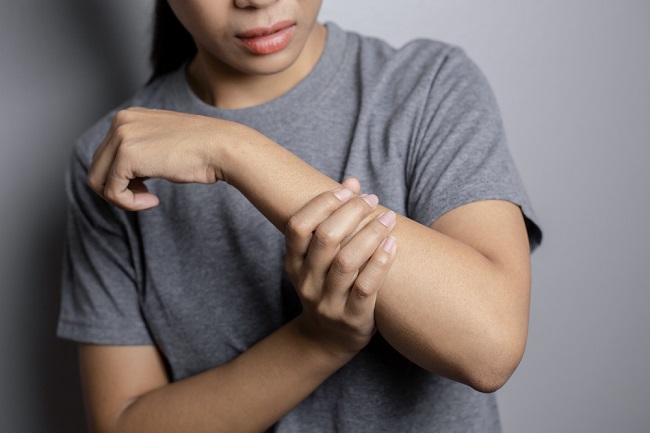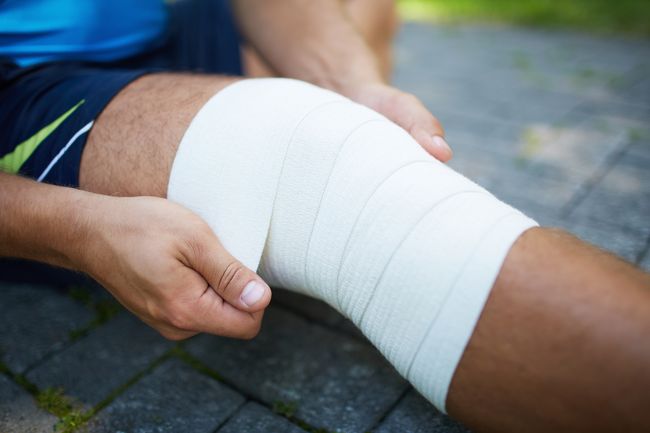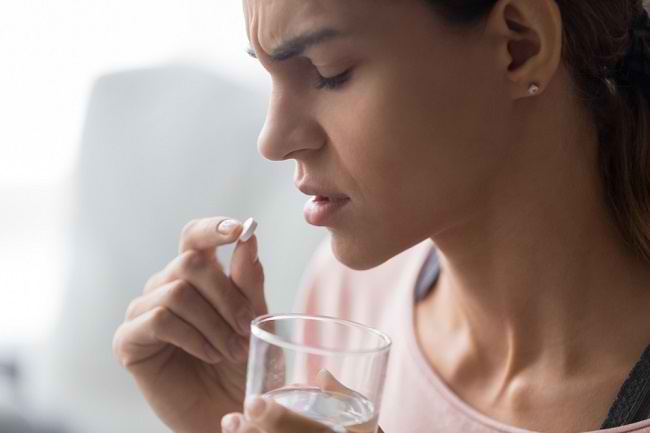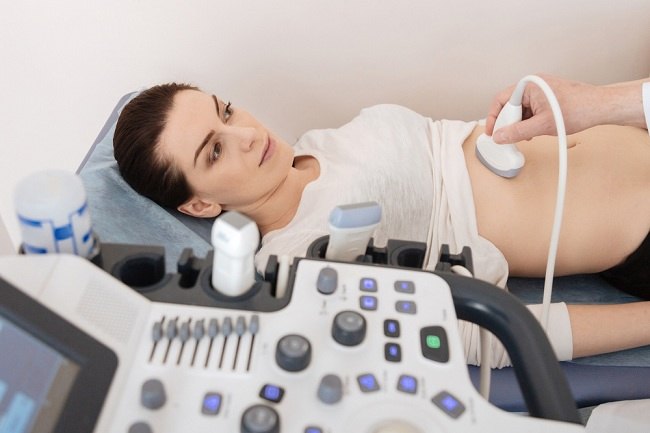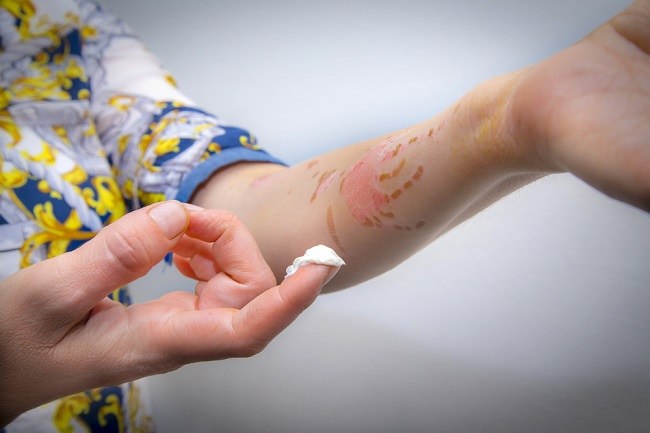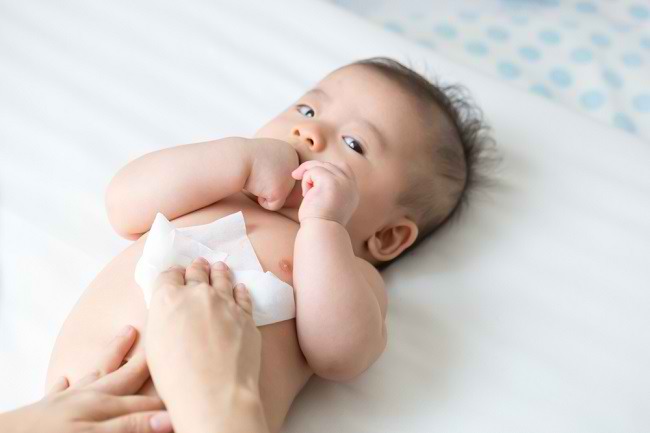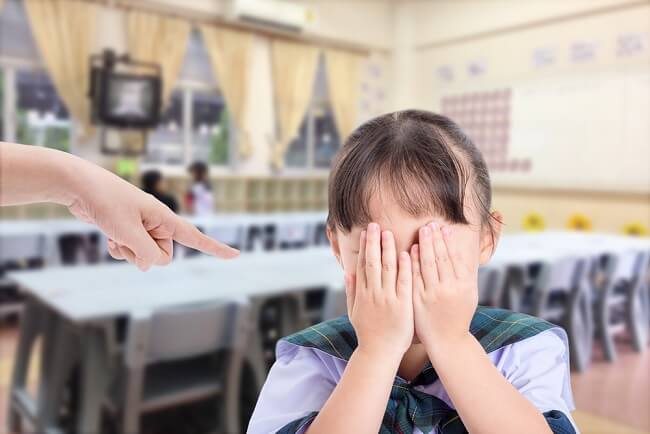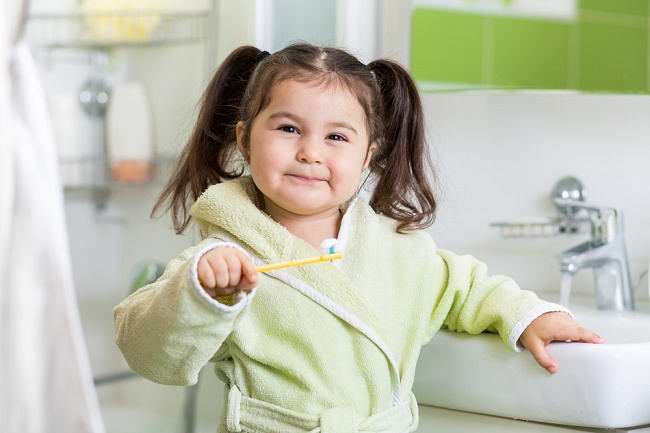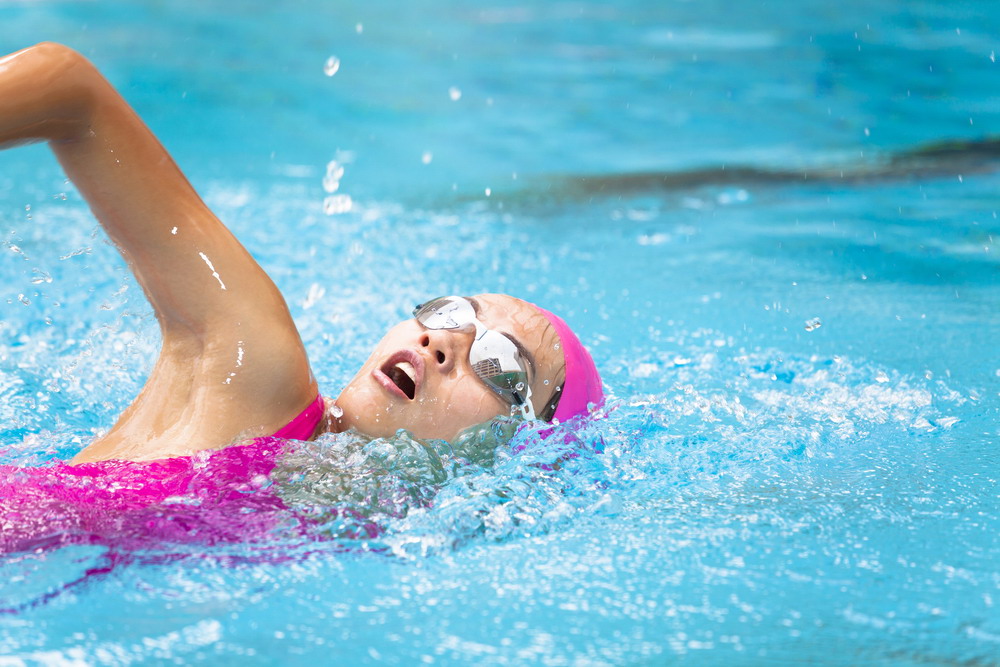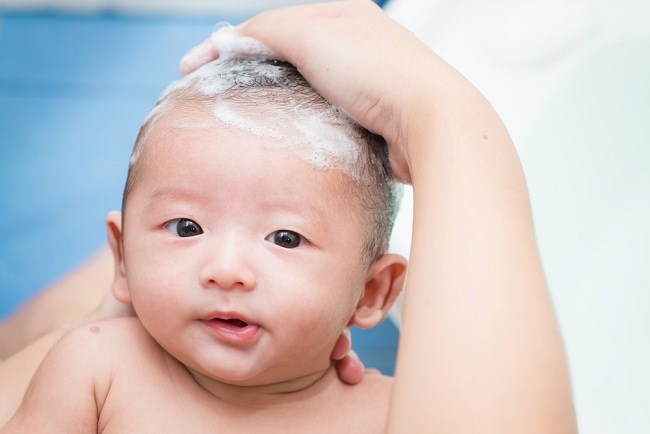Pubic hair lice can cause intense itching and infection in the genital area, making the sufferer feel uncomfortable. Although this disease is not dangerous, you need to remain vigilant, especially if the itching does not go away or is accompanied by other symptoms.
Pubic hair lice or also known as pubic lice are small insects that look like crabs and can cause infections in the genital area. These insects can also lay eggs and spread them around the pubic hair.

Although the name is pubic hair lice and usually attacks the hair around the sex organs, this type of lice can also be found on other body parts, such as eyebrows, armpits, leg hair, mustache, beard, or eyelashes.
Transmission of Pubic Head Lice
Pubic hair lice usually attack adults. The mode of transmission can occur through sexual contact with an infected person.
In addition to sexual contact, pubic hair lice can also be spread through objects used by an infected person, such as towels, clothing, or bed sheets.
Pubic lice cannot be transmitted through the use of the toilet, because they do not have legs that can survive on slippery surfaces. They also can not live away from the warmth of the human body.
Symptoms of Pubic Head Lice
Symptoms of pubic head lice usually appear about 2–4 weeks after infection. There are several symptoms that can appear when infected with pubic lice, including:
- Itching around the intimate organs that gets worse at night
- Inflammation and irritation in the pubic area
- A black spot appears on the panties
- Blue spots or small blood spots on the genitals due to tick bites
Try to check for eggs or lice around your pubic hair or other body parts if you have severe itching or it doesn't go away.
How to get rid of pubic lice
If you experience the symptoms of pubic head lice above, there are several things you can do to overcome them, namely:
1. Washing contaminated items
Change and wash clothes, sheets, or towels regularly using soap and hot water with a temperature of 54 degrees Celsius or more. Next, dry for 20 minutes on a hot temperature.
If there are items that cannot be washed, try using the method dry cleaning and store it in an airtight bag for two weeks.
2. Use anti-lice lotion or shampoo
Use a flea-killing shampoo or lotion that contains permethrin. Repeat application in 7-10 days to eradicate eggs that do not die during the first use.
You can buy anti-lice shampoo or lotion at the pharmacy. However, you are still advised to consult with your doctor before buying and using it.
3. Smearing petroleum jelly
If head lice cause infection in the eyelashes or eyebrows, avoid using anti-lice lotion because it can irritate the skin around the eyes.
To work around this, you can use petroleum jelly to be applied around the eyelashes or eyebrows that are infected for several weeks or use a special medicine from a doctor.
4. Using medicine from a doctor
If over-the-counter permethrin lotions, creams, or shampoos aren't effective at killing pubic lice, see your doctor for proper treatment. Your doctor may prescribe stronger medications, such as:
- Malathion, topical medication used to treat infections caused by head lice. Apply this medication to the infected area for 8–12 hours, then wash it off.
- Ivermectin, oral medicine in pill form to eradicate the symptoms caused by head lice. This drug is taken as two pills at a time and can be taken again 10 days later, if previous treatment has not succeeded in eradicating pubic hair lice.
Even after using shampoo or lotion that can kill lice, sometimes pubic hair lice can still live. If this happens, you should consult a doctor to get the right treatment.
You are also recommended to see a doctor after 1 week of treatment or after you no longer feel the symptoms of pubic hair lice. The doctor will make sure the lice and nits are completely gone.
